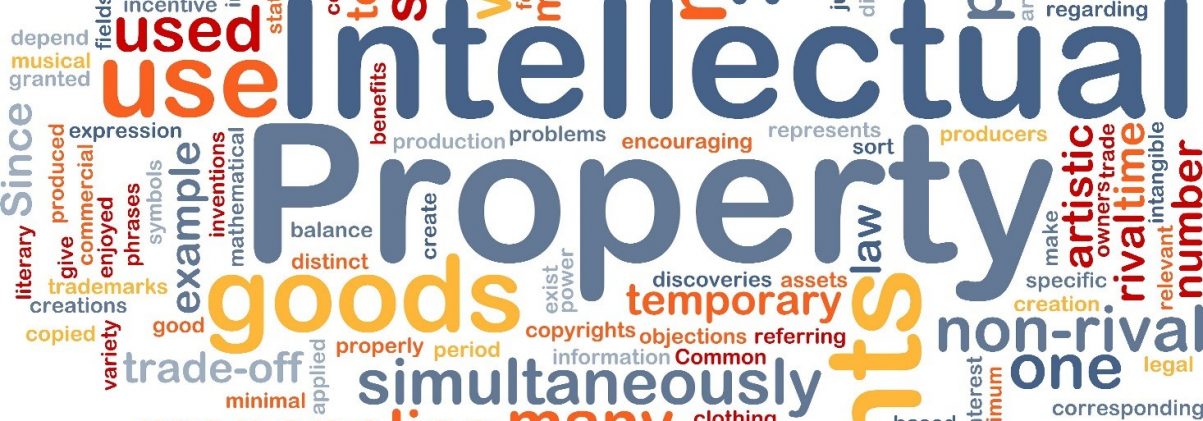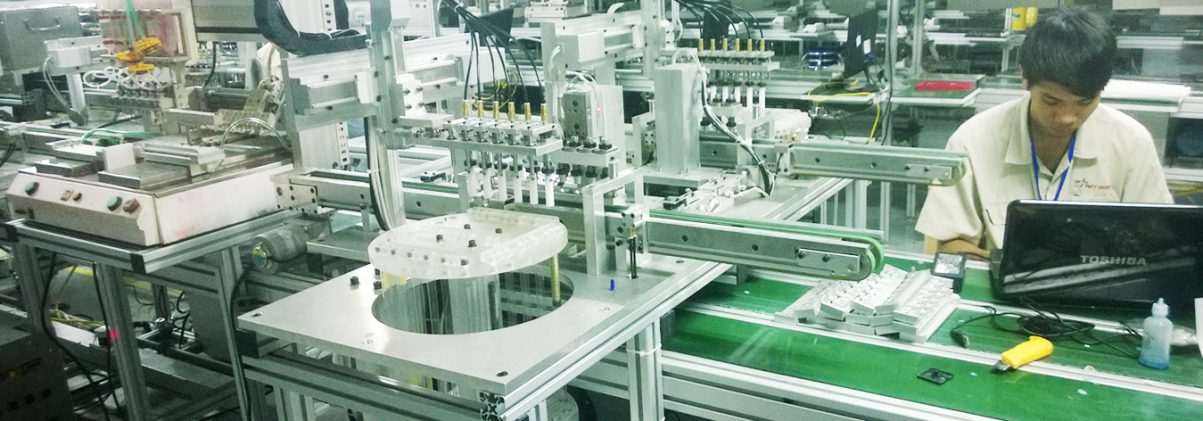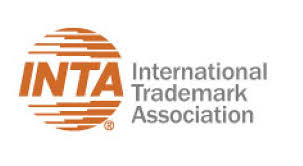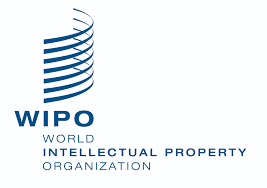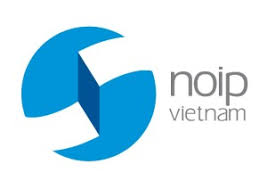Vietnamese word translation
On August 22, 2019, the Prime Minister signed Decision No. 1068 / QD-TTg approving the Intellectual Property Strategy until 2030 …
On August 22, 2019, the Prime Minister signed Decision No. 1068 / QD-TTg approving the Intellectual Property Strategy until 2030 (hereinafter referred to as the “Strategy”).
The strategy was developed by the Ministry of Science and Technology, in collaboration with related ministries and sectors (Culture, Sports and Tourism, Agriculture and Rural Development, Industry and Trade, Health, and Resources. major, Public Security, Information and Communications, Education and Training, etc.) and the technical assistance of the World Intellectual Property Organization. This is the first time Vietnam has issued a national strategy on intellectual property, marking a new development step in the field of intellectual property, affirming that intellectual property is an important tool contributing to promoting innovation activities as well as economic, cultural and social development of the country.
The intellectual property strategy up to 2030 consists of three parts: Guiding viewpoints, objectives and tasks and solutions. The strategy also identifies a number of projects and tasks that need to be prioritized for the period to 2025 – this is one of the tasks that directly affect the effectiveness of intellectual property activities in all three areas. copyright, related rights, industrial property rights and rights to plant varieties in the near future. The content components of the Strategy are built according to the cycle of intellectual property activities, including the stages of creation, establishment, protection and exploitation of intellectual property rights.
The strategy to guide the development of Vietnam’s intellectual property system in the coming period is based on three major guiding views, namely:
– Develop a comprehensive and effective intellectual property system at all stages of creation, establishment, exploitation and protection of intellectual property rights, creating an environment to encourage innovation and meet requirements. international integration, making intellectual property become an important tool to enhance national competitiveness, promote economic, cultural and social development.
– Intellectual property policy is an inseparable part of national economic, cultural and social development strategies and policies.
– Intellectual property activities with active participation of all entities in society, including research institutes, universities, creative individuals, especially enterprises playing a role mainstreaming in the creation and exploitation of intellectual property.
Based on these guiding views, the Strategy sets out 5 target groups to strive to achieve, namely:
– By 2030, Vietnam is one of ASEAN leading countries in terms of creativity, protection and exploitation of intellectual property rights.
– The establishment of industrial property rights and rights to plant varieties ensures fast, transparent, fair and timely response to the requirements of enterprises and society.
– The enforcement of intellectual property law has been significantly improved, the situation of infringement of intellectual property rights decreased significantly.
– New intellectual property of Vietnamese individuals and organizations increased both in quantity and quality, dramatically improving Vietnam’s intellectual property indices in the global innovation index.
For this purpose, quantitative indicators on the number of applications and titles of protection of industrial property rights / rights to plant varieties of Vietnamese individuals and organizations are also clearly defined, such as: the number of patent applications and patent protection increases on average 16-18% / year, the number of industrial design registration applications increases on average 6-8% / year, the number of trademark registration applications an average increase of 8-10% / year; the number of applications for plant variety protection has increased by an average of 12-14% per year … These are the quantitative indicators that can affect Vietnam’s ranking results in the Ranking of Full Innovation Index. demand (GII), and will also be one of the criteria showing the quality and performance of the national intellectual property system.
– Effective use of intellectual property rights is enhanced and significantly increases the number of products with high intellectual property content: The percentage of patents exploited commercially reaches 8-10% of the granted patents protection titles; have at least 1-2 plant varieties exploited right abroad; striving to 2030 the turnover of copyright-based cultural and related industries contributes about 7% of GDP, developing a number of industries with high levels of intellectual property use …
In order to achieve the set goals, the Strategy sets out nine task groups and solutions that need to be implemented, including solutions groups on: (i) Completing policies and laws on intellectual property; (ii) Improve the effectiveness and efficiency of state management of intellectual property; (iii) Focus on promoting and improving the effectiveness of intellectual property rights enforcement; (iv) Promote intellectual property creation activities; (v) Encourage and improve the efficiency of intellectual property exploitation; (vi) Develop intellectual property support activities; (vii) Strengthen human resources for intellectual property activities; (viii) Forming a culture of intellectual property in society and (ix) Actively, proactively cooperating and international integration on intellectual property.
Each task group and solution includes many specific tasks and solutions and requires the active participation of all subjects in the intellectual property system. In particular, state management agencies need to promote the role of creating favorable and transparent mechanisms and policies for creative and exploiting intellectual property rights people to maximize their innovation capacity. his creation. The system of State management agencies in charge of intellectual property must be strengthened in the direction of creation and efficiency; identify and strengthen specialized focal points on intellectual property at relevant state management agencies at central and local levels; promote inter-sectoral coordination mechanism in the state management of intellectual property. Administrative order and procedures on intellectual property are public, transparent, simplified and modernized. The database system of intellectual property is built in a connection and synchronous connection between state management agencies.
The effectiveness of intellectual property rights protection should be significantly improved through the promotion of coordination activities between rights protection agencies, strengthening inspection and strict handling of infringements of rights. intellectual property, especially in digital environments and at the border; improve the efficiency of investigating criminal cases of intellectual property …
Besides, according to the development trend of the world, the Strategy also goes beyond the traditional scope of intellectual property activities (focusing mainly on the establishment and protection of intellectual property rights) when identify more tasks and solutions to promote activities of creating and exploiting intellectual property such as building and providing intellectual property information tools and services, technology maps for Research institutes, universities, enterprises; use indicators of intellectual property as a basis for assessing the performance of research institutes, universities and enterprises; forming and developing a network of centers for technology and intellectual property transfer at research institutes, universities and enterprises; promote the implementation of mechanisms and policies to develop industries with high levels of intellectual property use, create prestigious and quality products, and promote the export of goods with intellectual property content. high intelligence; guide and support enterprises to step up the use of intellectual property tools in their production and business activities; develop a healthy intellectual property market in the direction of expanding and improving the quality of intermediary services to enhance the supply and demand connection of intellectual property; promote assessment, valuation of intellectual property, etc.
In addition, forming an intellectual property culture is a task and solution first mentioned, an intellectual property system operates effectively only when the whole society has a sense of respect and protection. Intellectual property rights.
The strategy will be a guideline for ministries, branches and localities to proactively integrate intellectual property content into state management activities, thereby implementing intellectual property activities effectively in Socio-economic development in general and each branch and field in particular./.
The full text of the Strategy in Vietnamese is posted at:
http://vanban.chinhphu.vn/portal/page/portal/chinhphu/hethongvanban?class_id=2&mode=detail&document_id=197710



